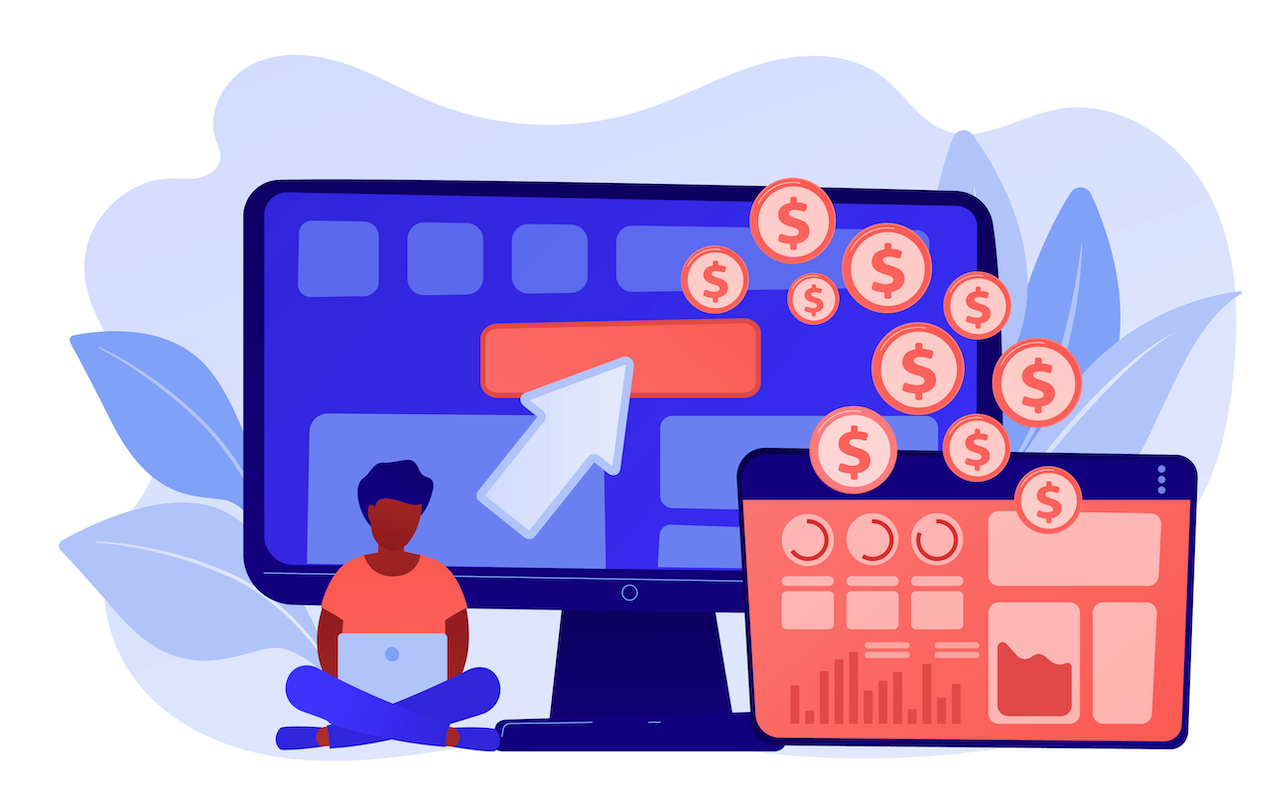
Are you spending money on Google Ads but not seeing results? You’re not alone. Many businesses make small PPC mistakes that lead to big budget losses. The good news? Most of these mistakes are easy to fix once you spot them. In this blog, we’ll walk through 10 common Google Ads errors that could be draining your budget and how you can avoid them. Let’s dive in!
1. Not Defining Clear PPC Campaign Goals
One of the biggest mistakes you can make with Google Ads is starting without a clear goal. Are you aiming for more website visits, product sales, sign-ups, or phone calls? If you don’t know what you want from your campaign, your ad spend can go in the wrong direction. Before launching any ad, be clear on what success looks like. This way, every click brings you closer to your target.
2. Choosing the Wrong Keywords in Google Ads
Your PPC success heavily depends on your keywords. If you’re picking broad or irrelevant keywords, you’re attracting the wrong audience and wasting money. You need to think like your customer. Use Google’s Keyword Planner to find what they’re actually searching for. Go for long-tail keywords that are specific and have higher intent. These bring better results and cost less per click.
3. Ignoring Negative Keywords in PPC Campaigns
Negative keywords are just as important as target keywords. They tell Google who not to show your ads to. For example, if you sell premium shoes, you don’t want to appear in searches like “cheap shoes” or “free shoes.” By regularly updating your negative keyword list, you filter out unqualified traffic and reduce wasteful spending.
4. Sending Users to Irrelevant Landing Pages
Imagine clicking an ad that says “50% Off Blue Running Shoes” and landing on a generic homepage. Frustrating, right? That’s what happens when your landing page doesn’t match your ad. If people don’t find what they were promised, they leave. And you still pay for the click. Always make sure your landing page is tightly connected to your ad message. It builds trust and boosts conversions.
5. Not Tracking Conversions in Google Ads
If you’re not tracking your ad performance, you’re flying blind. Google Ads offers conversion tracking so you can see what happens after someone clicks your ad. Did they buy? Did they fill out a form? This data shows you which ads are working and which are wasting money. Make sure to connect your Google Ads account with Google Analytics and enable conversion tracking from the start.
6. Setting and Forgetting Your Campaigns
Google Ads is not a “set it and forget it” platform. You need to monitor your campaigns regularly. Look at metrics like click-through rate (CTR), cost-per-click (CPC), and conversion rate. Pause the underperforming ads. Test new variations. Optimize based on what’s working. Regular check-ins can save you a lot of money and improve your ROI.
7. Targeting Too Broad an Audience
Trying to reach everyone usually means you reach no one effectively. If your ad targeting is too broad, you’ll get clicks from people who aren’t interested or ready to buy. Narrow your audience based on location, age, device, interests, or intent. The more targeted your ads, the better your chances of attracting the right customer.
8. Not A/B Testing Your PPC Ads
Running just one version of an ad means you’re guessing. You should always be A/B testing by changing one element at a time, like the headline, call to action, or description. This shows you what works best with your audience. Even small changes can lead to big improvements in performance. You’ll save money by focusing on high-performing ads.
9. Writing Boring or Generic Ad Copy
Your ad needs to grab attention fast. If your copy is bland or confusing, people will scroll past it. Make your headline clear and benefit-driven. Use power words like “free trial,” “limited time,” or “save now.” Give users a reason to click, and make sure the ad delivers on that promise when they land on your page.
10. Ignoring Quality Score in Google Ads
Google uses something called a Quality Score to measure how relevant your ad is. It’s based on your ad text, keywords, and landing page experience. A low score means higher costs and fewer impressions. To improve your Quality Score, make sure everything in your campaign is tightly connected and useful to the user. Better quality = better results at lower cost.
Conclusion: Take Control of Your PPC Budget
Managing Google Ads can feel overwhelming, but you don’t have to be a PPC expert to get good results. Just avoid these common mistakes and stay focused on your goals. By tracking performance, writing better ads, choosing smarter keywords, and optimizing your campaigns regularly, you’ll stop wasting money and start seeing real ROI.
Featured Image by Freepik.
Share this post
Leave a comment
All comments are moderated. Spammy and bot submitted comments are deleted. Please submit the comments that are helpful to others, and we'll approve your comments. A comment that includes outbound link will only be approved if the content is relevant to the topic, and has some value to our readers.

Comments (0)
No comment